I’m grateful for the chance to talk about my most recent title, Evidence! How Dr. John Snow Solved the Mystery of Cholera, illustrated by Nik Henderson. It’s a nonfiction picture book about the 1854 cholera outbreak in London. In September of 1854, Dr. John Snow convinced city officials to remove the handle of the Broad Street pump to keep people from drinking contaminated water.
It’s not the first time I’ve visited this milestone moment in the history of public health. I first encountered this story when I heard an NPR review of The Ghost Map (2006), an adult nonfiction book by Steven Johnson. I recall thinking, How come I never knew about this?
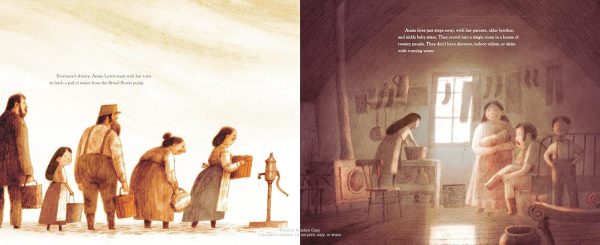
In 2013 I wrote a middle grade historical novel, The Great Trouble: A Mystery of London, the Blue Death, and a Boy Called Eel, in which two kids help Dr. Snow solve the mystery and make a disease map. In hundreds of presentations to students and educators since then, I’ve almost always included The Great Trouble. The incident is a dramatic race-against-the-clock effort to save lives. But, importantly, it lends itself to encouraging young readers to become history detectives themselves.
Now I’m even more excited to be able to add Nik Henderson’s evocative artwork to my presentation. Of course, pairing picture books with middle grade fiction or long form nonfiction isn’t new. But for me it’s a reminder that students can engage with stories and history in many ways and that the more items on “the history buffet” the better!
For instance, to add a video component to this exploration I highly recommend Steven Johnson’s PBS series How We Got to Now, which includes Dr. Snow’s efforts. Want to add a true primary source element? Check out UCLA’s Fielding School of Public Health feature which includes Dr. Snow’s 1855 report on the outbreak: www.ph.ucla.edu/epi/snow.html.
There are, of course, a myriad of possibilities out there to mix and match middle grade fiction, long form nonfiction, picture books, both nonfiction and informational fiction, artwork, film, and museum websites. Below are a few new books that would be great “main courses” for your next history buffet!
Bletchley Circle
How awesome is this? Two books by three of the most renowned authors writing for young people today. Combine Candace Fleming’s long form nonfiction with a middle great historical adventure by Ruta Sepetys and Steve Sheinkin (out in October).
The Enigma Girls:
How Ten Teenagers Broke Ciphers, Kept Secrets, and Helped Win World War II
written by Candace Fleming
Scholastic Focus, 2024
The Bletchley Riddle
written by Ruta Sepetys and Steve Sheinkin
Viking Books for Young Readers, October 2024
Evolution and Reproduction
Combine the gorgeous nonfiction picture book by Katherine Roy with Pamela S. Turner’s entertaining, impressive long form nonfiction on human evolution.
Making More: How Life Begins
written and illustrated by Katherine Roy
Norton Young Readers, 2023
How to Build a Human
In Seven Evolutionary Steps
written by Pamela S. Turner
art by John Gurche
Charlesbridge, 2022
Escaping the Nazis
Having written about the Kindertransport myself, I thoroughly enjoyed Matthew Fox’s evocative time slip novel and the powerful picture book about Nicholas Winton by Peter Sís.
The Sky Over Rebecca
written by Matthew Fox
Schwartz and Wade Books, 2020
Nicky & Vera:
A Quiet Hero of the Holocaust
and the Children He Rescued
written and illustrated by Peter Sís
Norton Young Readers, 2021

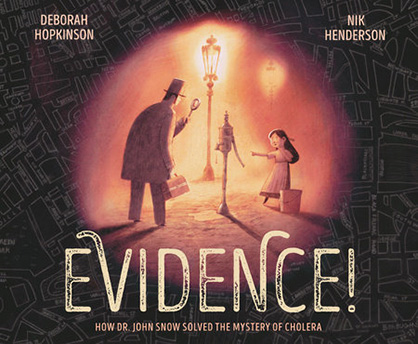
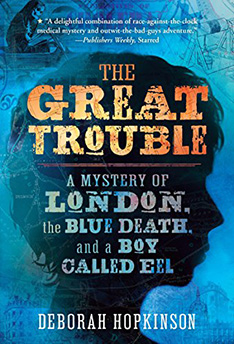
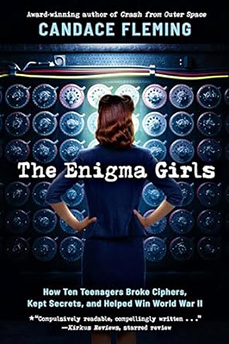
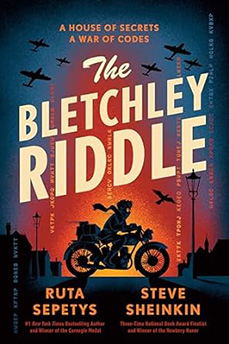
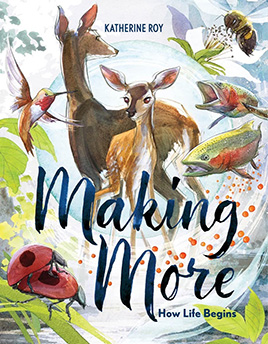
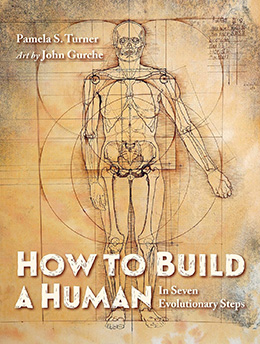
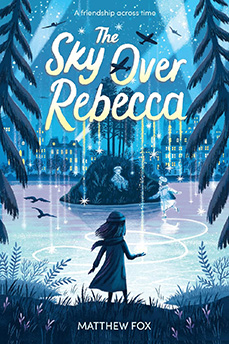
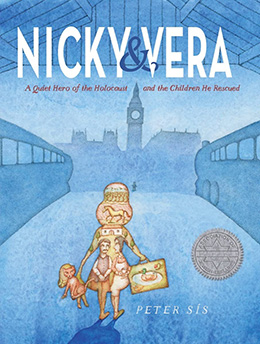
I loved hearing you read EVIDENCE! at a conference in Utah this summer, Deborah. It’s an amazing story. I had just read your nonfiction middle grade book WE HAD TO BE BRAVE about the kindertransport and found it gripping, particularly because of all the first hand accounts you included. You do indeed make history come alive!